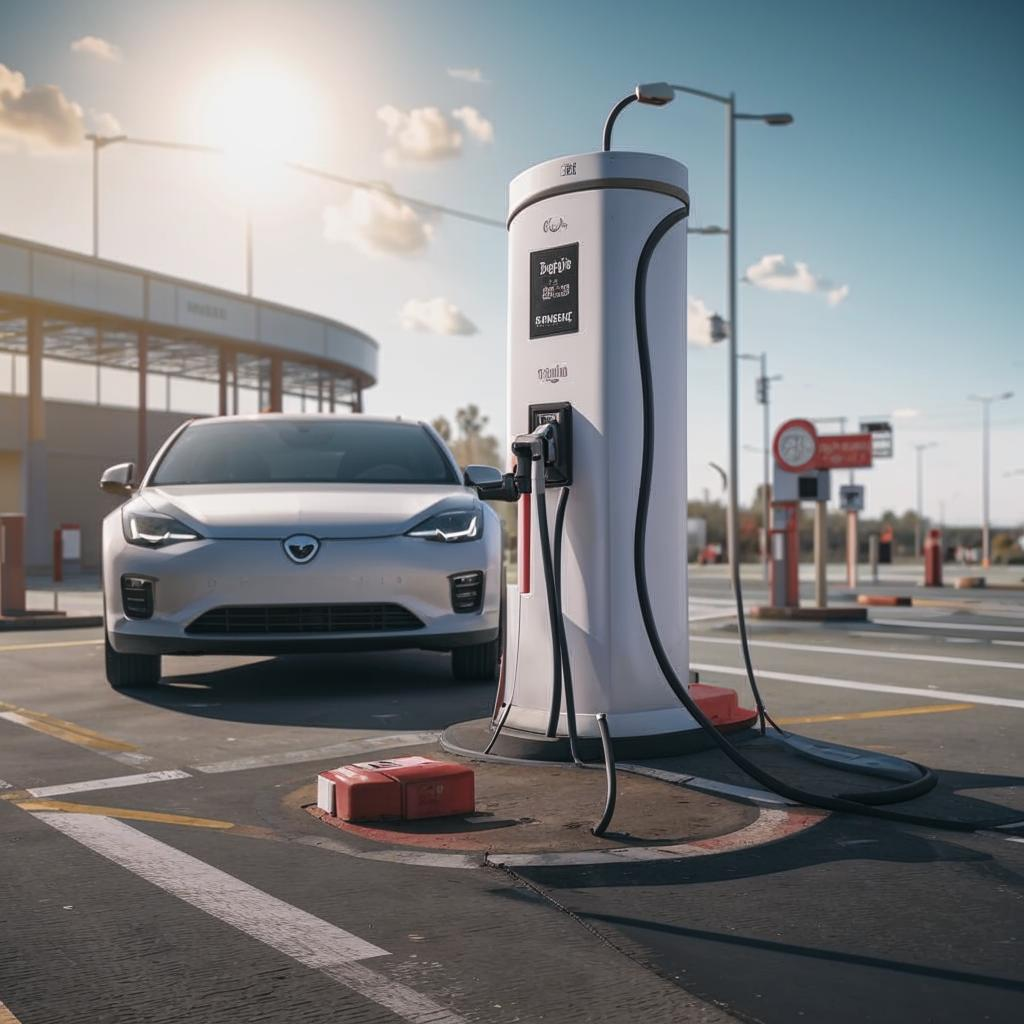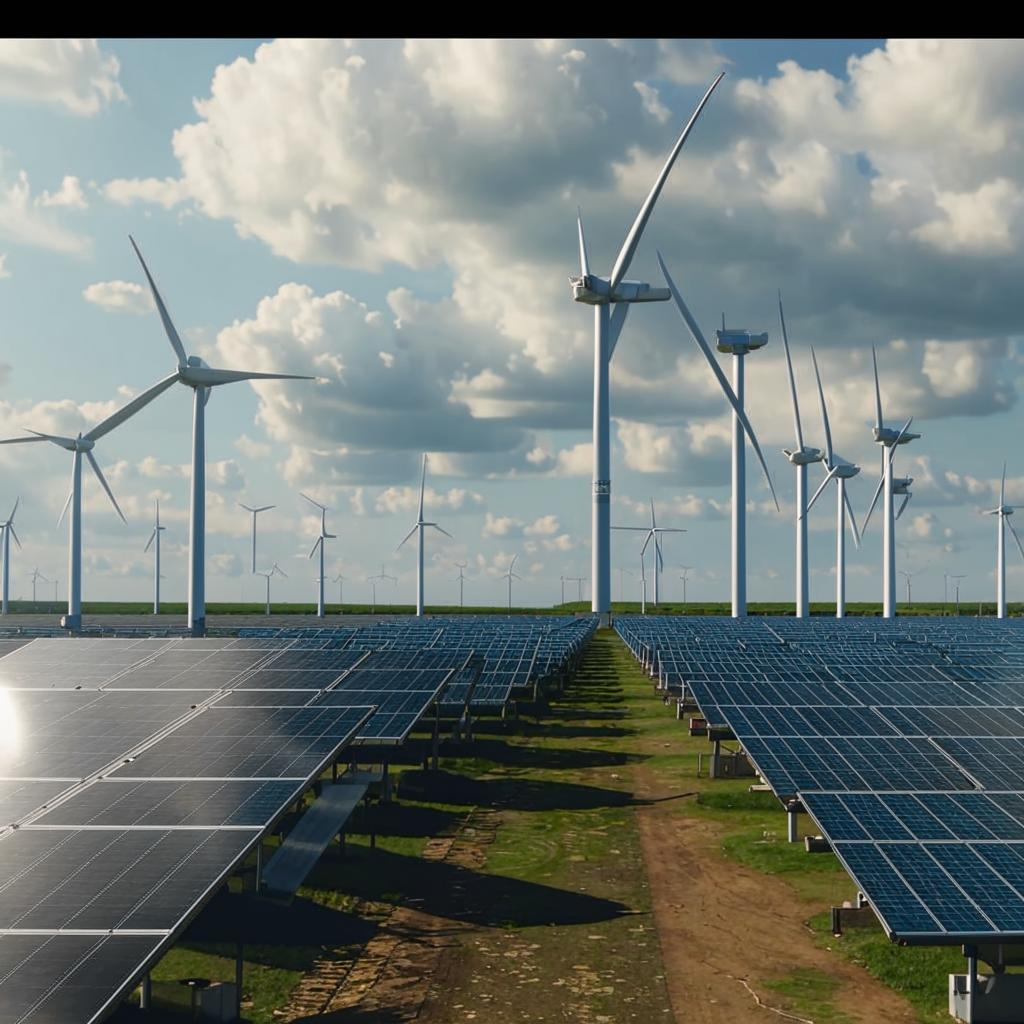Electric vehicle (EV) adoption is accelerating, but the growth of charging infrastructure struggles to keep pace, creating potential roadblocks for sustained expansion. While EV sales continue to climb, the availability of public charging stations, particularly fast chargers, is not scaling at the same rate. This disparity raises concerns about “range anxiety” and the overall convenience of EV ownership, potentially deterring prospective buyers.
The lack of adequate charging infrastructure is a multifaceted problem. It includes the time it takes to get permits for charging stations, the high cost of installing them, and difficulties in getting all stakeholders on board. Utility companies, local governments, and private businesses must work together to facilitate the deployment of charging stations.
Experts emphasize the need for strategic planning to identify optimal charging locations, ensuring equitable access across urban and rural areas. Investment in grid upgrades is also crucial to support the increased electricity demand from EVs. Beyond public charging, home charging solutions and workplace charging options need expansion to reduce reliance on public infrastructure.
Standardizing charging protocols and improving charger reliability are essential for a seamless user experience. Innovation in charging technology, such as wireless charging and ultra-fast charging, could further enhance the appeal of EVs. Addressing the charging infrastructure gap is not merely an issue of convenience; it’s a critical step toward achieving widespread EV adoption and realizing the environmental benefits of electric transportation.















